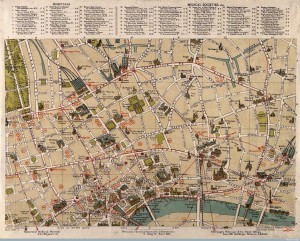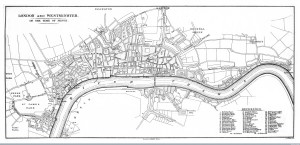Maps, apps and technology to make city life more fun – BBC News
Maps, apps and technology to make city life more fun BBC NewsLife in cities can be hectic and stressful – but some technology designers are going out of their way to make them more fun. I’m walking down Oxford Street in …
Continue reading »






